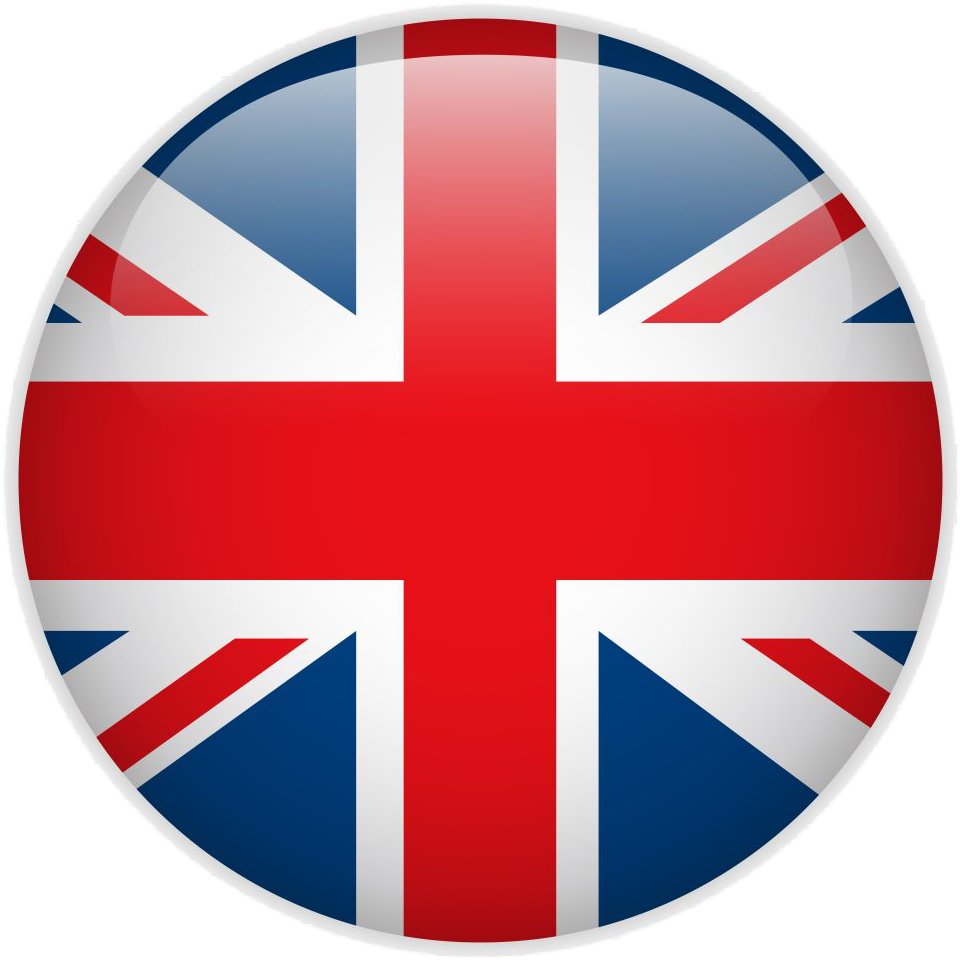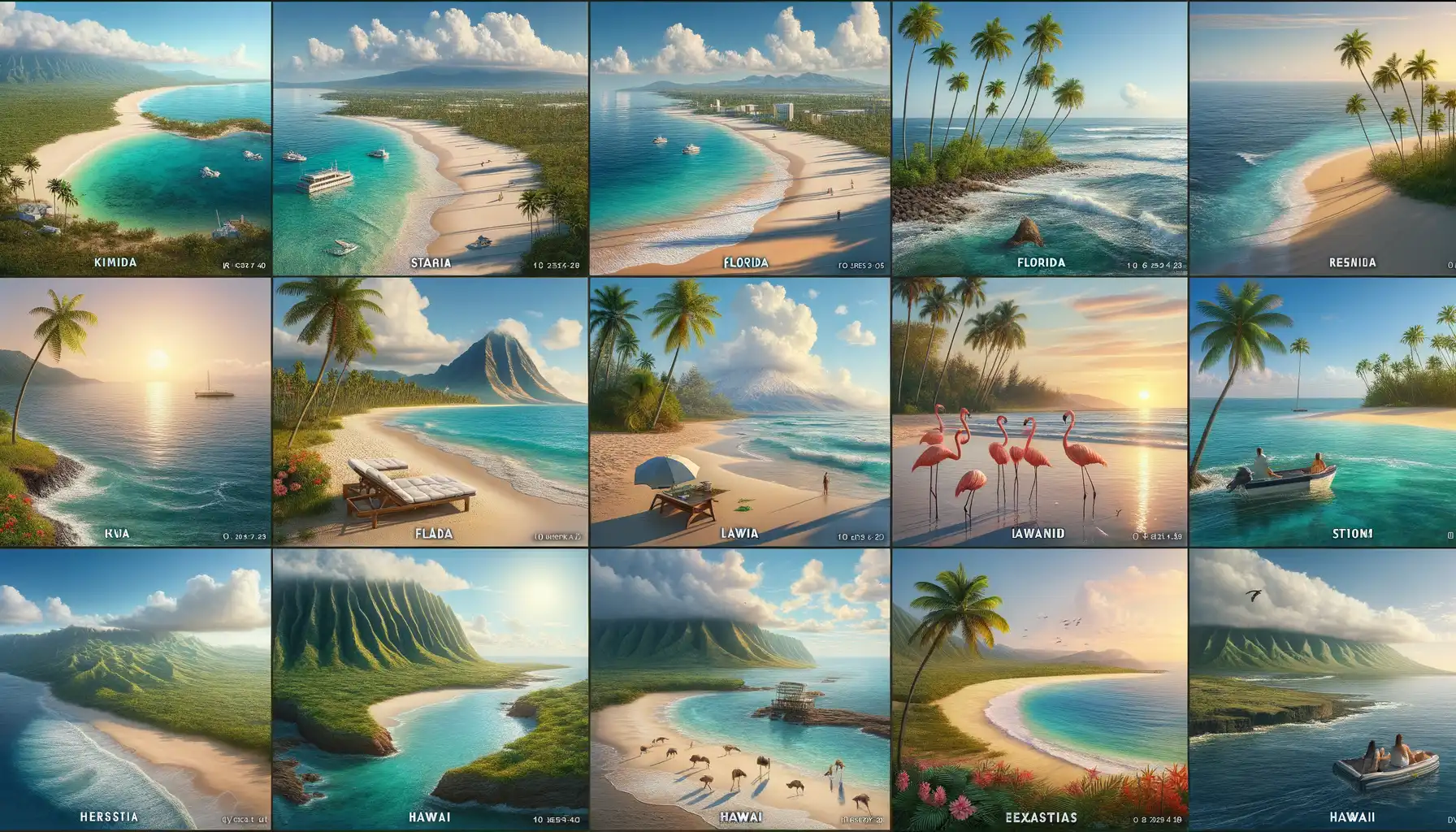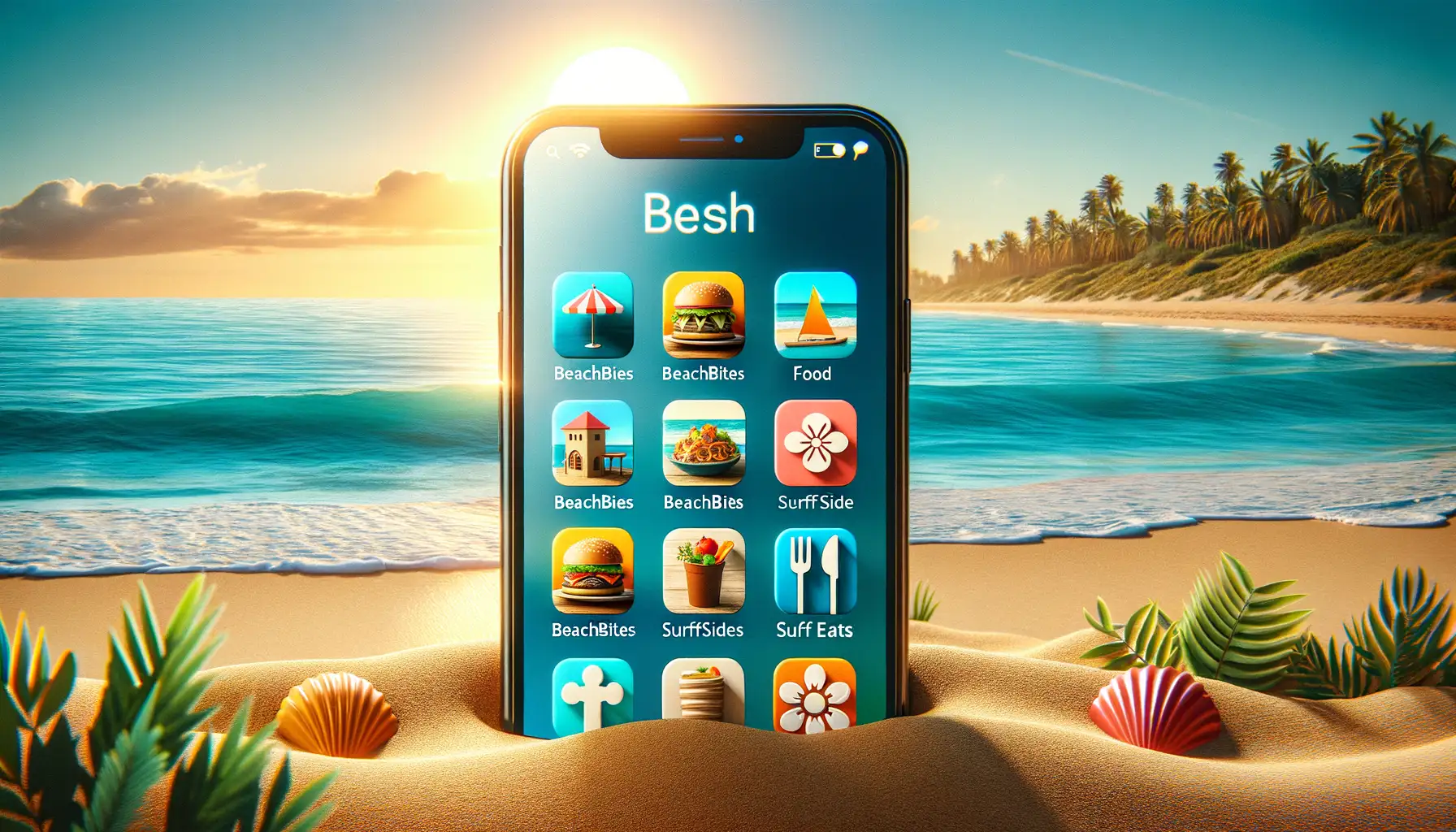Origins and Early Years of Surfing in Australia
The First Ripples: Surfing’s Arrival Down Under
Imagine a time when Australian beaches weren’t dotted with surfers carving up the waves but instead were places of gentle respite, fishing boats, and quiet tides. That all began to change in the early 20th century, when the salty, sun-soaked magic of surfing swept ashore from Hawaii. It’s said that in 1915, Hawaiian legend Duke Kahanamoku—a world-renowned swimmer and surfer—introduced Australians to the art of riding waves. With a hand-carved wooden board and an infectious grin, Duke paddled out at Freshwater Beach, Sydney, and showed Aussies that the ocean wasn’t just for swimming or fishing—it was a playground.
From there, the surf fever spread like wildfire. By the 1920s, coastal communities were buzzing with activity. Surf lifesaving clubs sprang up as people took to the water not just for fun, but for sport and camaraderie. The boards were massive by today’s standards—often over 10 feet long and weighing more than a small child—but they laid the foundation for what would become a national obsession.
- Handmade boards: Early pioneers used redwood or pine planks, crafted with passion but hardly aerodynamic.
- Local legends: Coastal heroes emerged, crafting new techniques and inspiring communities to paddle out.
The energy of those years feels almost romantic now—imagine stepping into the waves for the first time, unsure but exhilarated, mesmerized by the promise of something bigger than yourself. This was no passing trend; it was destiny etched in salt spray and sunlight.
The Evolution of Surfboard Design and Technology
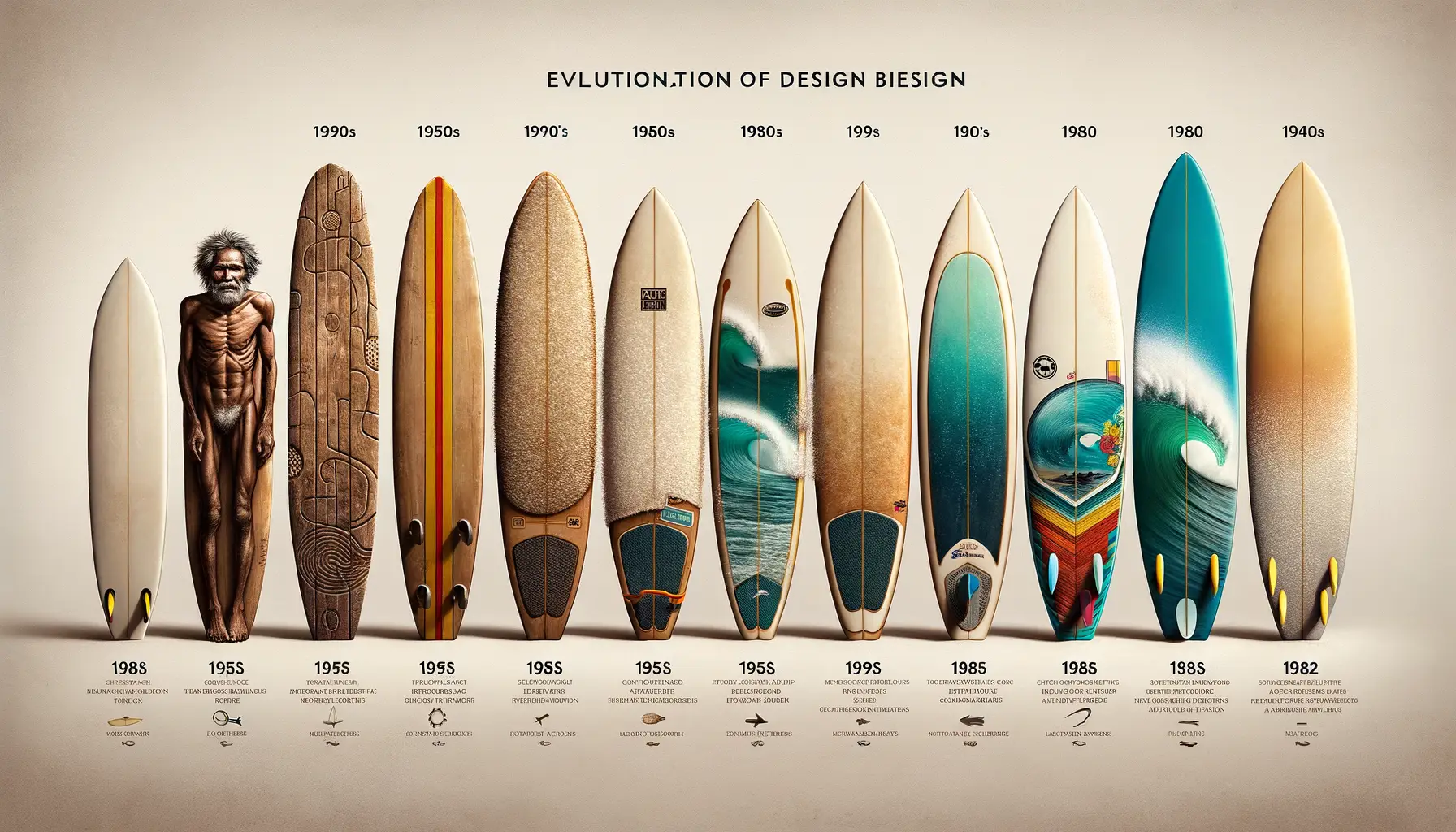
From Hollow Wood to High-Tech Marvels
Surfboard design has come a long, shimmering way since the early days of Australian surfing. Picture this: the 1910s, with surfers braving the waves on hefty, solid wooden boards that were more like logs than anything sleek. These early boards—often made from locally available timbers like cedar—were heavy, cumbersome, and lacked fins. Riding them required not only skill but a serious dose of courage.
Fast forward, and innovation began to shake things up. By the 1950s, lightweight balsa wood boards replaced their clunky predecessors, giving surfers more freedom to carve across the water. But it was the revolution of foam and fiberglass in the 1960s that changed everything. Suddenly, boards were lighter, faster, and more customizable.
- The introduction of the single fin brought precision and control.
- The twin fin added speed, while the thruster (three fins) became a game-changer for maneuverability.
Today, surfboards are a symphony of science and art. Made from cutting-edge materials like carbon fiber and epoxy resin, they now cater to wave warriors of all levels. Every board tells a story—a collision of tradition and technology, where the past meets the ever-rising swell of the future.
Cultural Impact of Surfing on Australian Society
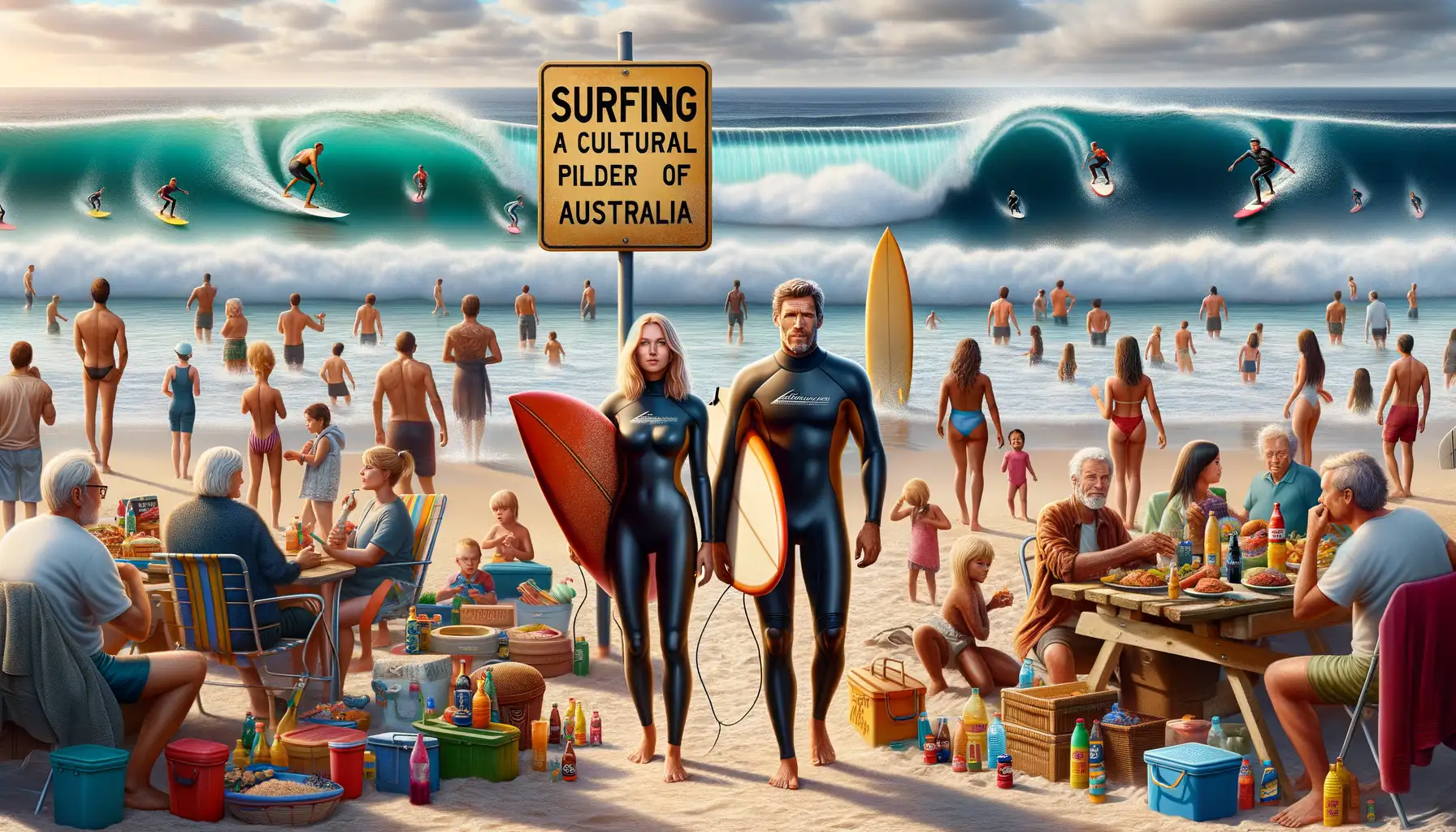
The Soul of the Coast: Surfing’s Role in Aussie Identity
Surfing in Australia isn’t just a sport—it’s a way of life, an anthem sung by the ocean. Picture this: golden beaches stretching endlessly, surfboards tucked under bronzed arms, and laughter echoing against crashing waves. It’s an image every Australian grows up with, whether they’ve ridden a wave or simply watched the spectacle from the sand.
Surf culture seeped into the Aussie way of being, shaping everything from fashion to language. Think board shorts, thongs (flip-flops, for our international friends), and the unmistakable laid-back slang—surfing has infused it all. It’s no accident that brands like Billabong and Rip Curl were born right here.
- Influential surf films like “Morning of the Earth” showcased Australia’s dreamy surf scenes to the world, forever anchoring us as a surfing hotspot.
- Community hubs like Byron Bay emerged as spiritual homes for surfers, creating not just trends but lifestyles.
And don’t forget the art! Murals of surfers riding glassy tubes, songs celebrating the thrill of the tides, even the poetry etched into beachside café menus. Surfing is stitched into our souls, as if the waves themselves whisper stories of freedom, resilience, and adventure every time they kiss the shore.
Major Milestones and Events in Australian Surfing
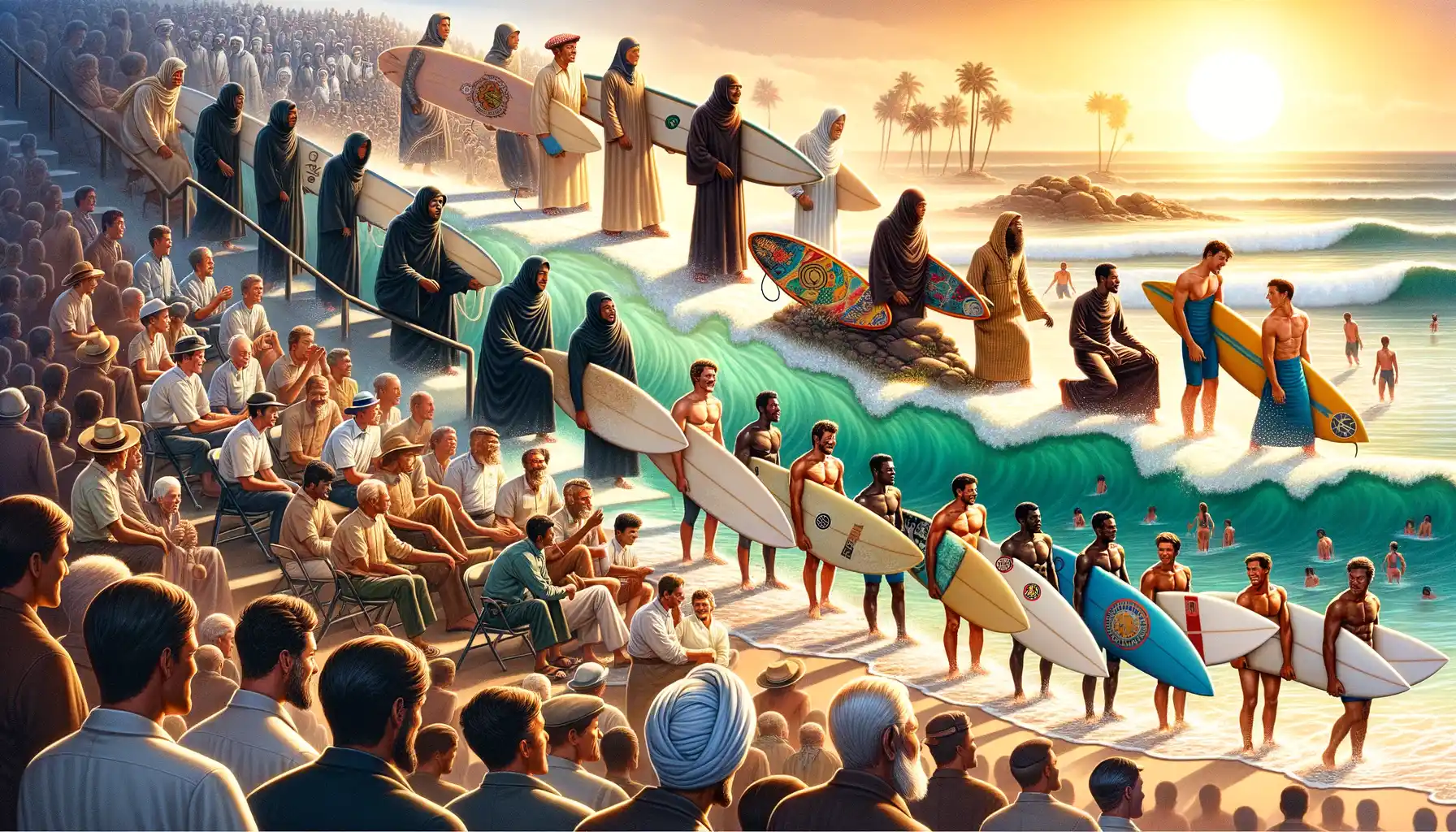
The Wave That Started It All: Midget Farrelly’s Historic Win
Australia truly fell head over heels for surfing in 1964, when Midget Farrelly became the first-ever world surfing champion at the inaugural World Surfing Championships in Sydney’s Manly Beach. Picture it: thousands of spectators crowding the shore, the hum of anticipation filling the salty air. When Farrelly carved through those waves with skill and grace, it wasn’t just a win—it was history in the making. His victory lit a fire in the Australian surfing scene, sparking a growing obsession with competition and talent.
Key Moments That Shaped Australian Surfing
Take a walk down memory lane with these pivotal events that made Australia a global powerhouse in surfing:
- 1973: Bells Beach crowned the Rip Curl Pro as the longest-running professional surf competition.
- 1980s: A new era of dominance with surfers like Mark Richards, who claimed four consecutive world titles.
- 2002: Layne Beachley secured her fifth consecutive world title, ultimately achieving seven—a record still unmatched in women’s surfing.
From the clash of titans on the world stage to grassroots movements shaping the local surf culture, each milestone tells a story of resilience, passion, and love for the ocean. These events are the threads that weave Australia’s unmatched connection with surfing into its very soul.
The Future of Surfing in Australia
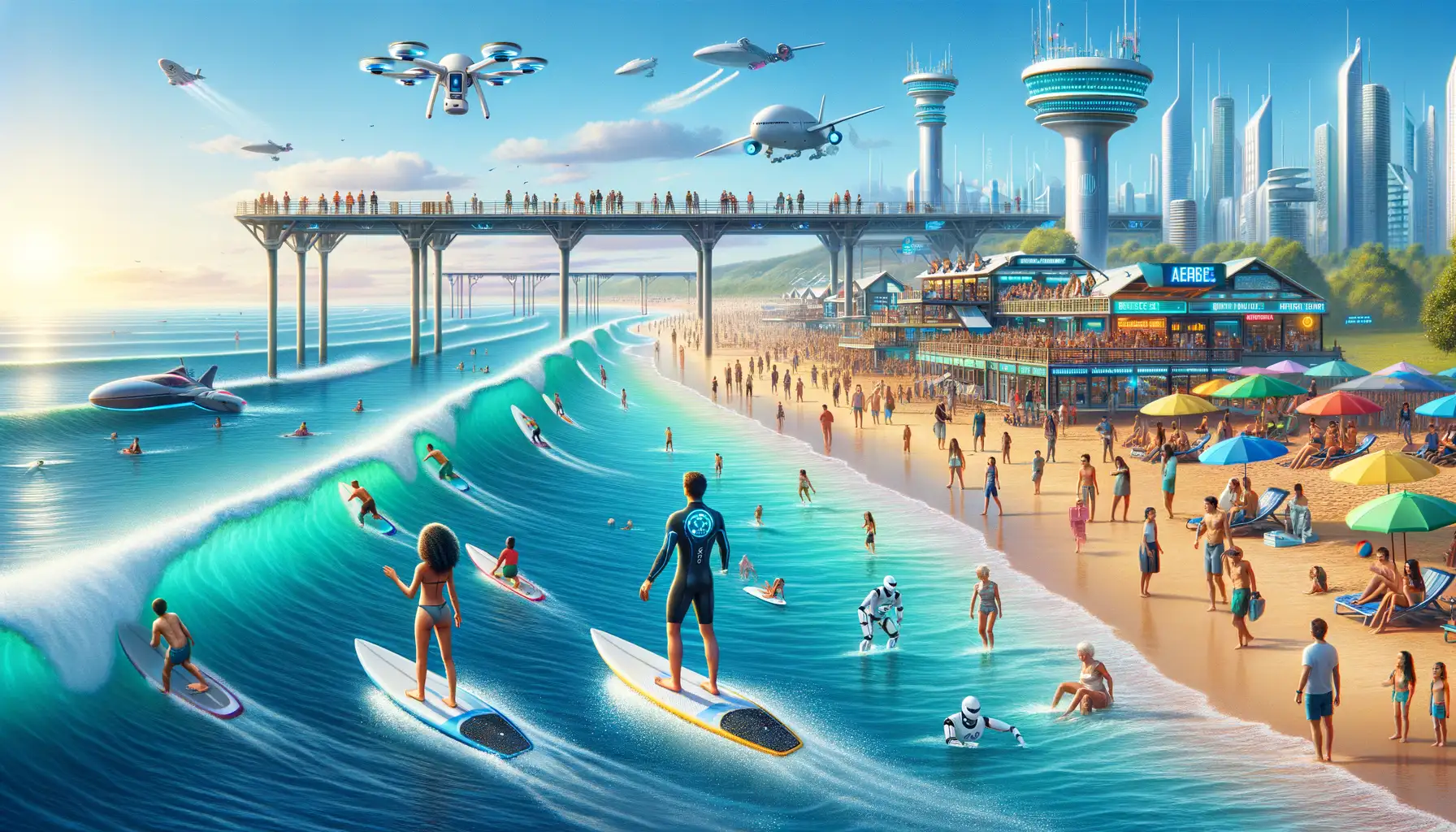
Cutting-Edge Surf Tech: Shaping Tomorrow’s Waves
Picture this: smart surfboards with built-in sensors reading wave conditions in real-time, guiding riders to perfect take-offs. Sounds futuristic? Well, it’s already happening. The integration of technology and surfing is set to explode in Australia, where innovation rides every swell. These boards aren’t just tools – they’re partners in the water. Imagine a board that gives feedback about your stance or even alerts you to nearby marine life. Artificial intelligence is making it possible.
And it’s not just the gear evolving. Virtual reality training is emerging, allowing surfers to practice their moves on dry land while immersing themselves in lifelike simulations of iconic breaks like Bells Beach. There’s an excitement brewing as ocean enthusiasts embrace these advances, blending ancient tradition with next-gen smarts.
A Rising Tide of Eco-Surfing
Sustainability is reshaping the Australian surf scene. With climate change directly impacting our oceans, surfers are becoming louder advocates for cleaner seas. Eco-friendly surfboards crafted from recycled or biodegradable materials, algae-based waxes, and plastic-free wetsuits are carving a new path. And it doesn’t stop there:
- Community-led coastal cleanups are growing stronger.
- Solar-powered surf schools are popping up along the coastlines.
- Wave pools are being designed with minimal environmental impact.
Step out onto the beaches of Byron Bay or Torquay, and you’ll feel it – the pulse of a movement focused on protecting what we cherish most: the waves, the wildlife, the wild beauty. Australia isn’t just embracing the future of surfing; it’s rewriting it.
